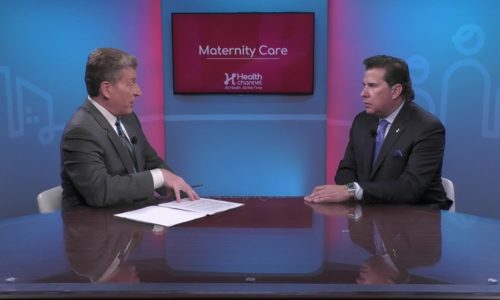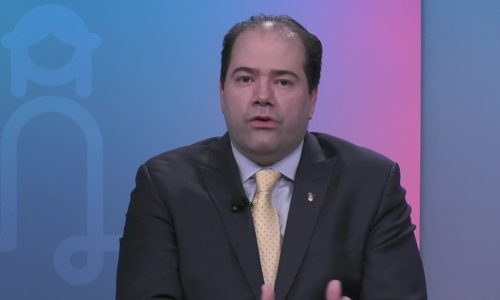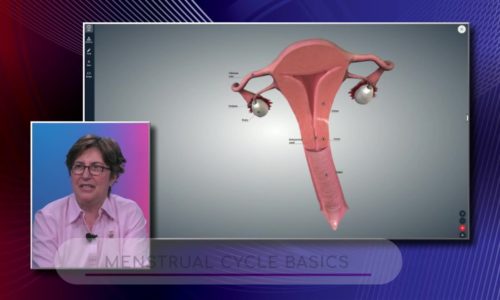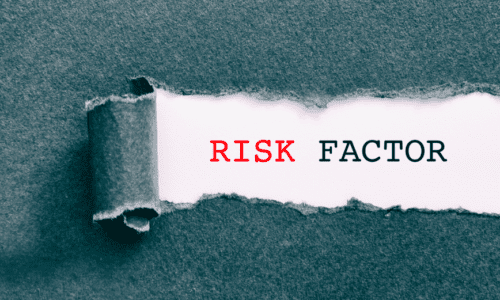Why do women get a preventive mastectomy? |
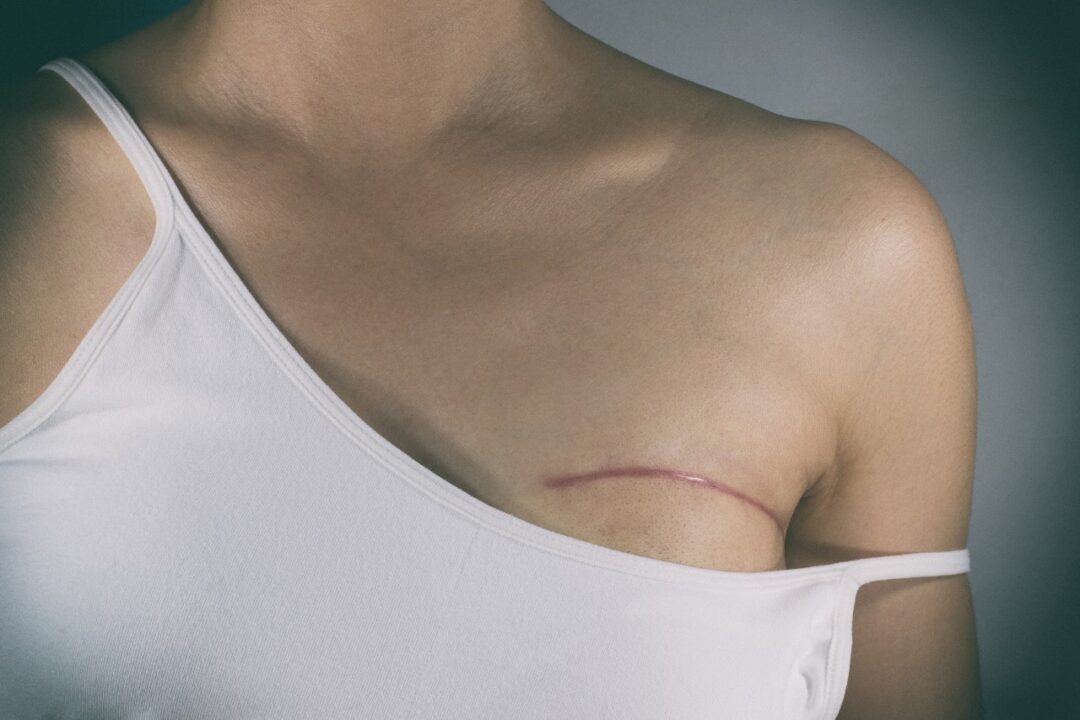
Preventive mastectomy, done to reduce the risk of developing breast cancer, involves the surgical removal of one or both breasts. This procedure, also called prophylactic mastectomy, was in the news recently when actress Angelina Jolie announced her decision to undergo the procedure. Women with certain risk factors are much more likely to develop breast cancer than this risk by up to 90 percent.
women in the general population and preventive mastectomy has been shown to reduce
What are the risk factors that increase the likelihood of developing breast cancer? Having one or more of these risks does not mean that developing breast cancer is inevitable, but does increase the possibility by several times.
- Having breast cancer in one breast increases the likelihood of developing cancer in the opposite breast.
- A history of breast or ovarian cancer in a mother, sister or daughter increases the risk of developing breast cancer. This risk increases even higher if multiple family members were affected or if the family member was diagnosed prior to the age of 50.
- Mutations of the BRCA1 or BRCA2 genes. BRCA genes 1 and 2 help to suppress the development of breast cancer. A mutation of one of these genes alters its ability to suppress tumor growth. This increases the risk for developing breast cancer as much as five-fold. According to press reports, a mutation of the BRCA 1 gene was the reason that Ms. Jolie chose to undergo preventive mastectomy. Genetic testing, using a sample of blood, is required in order to detect a BRCA gene mutation. Ideally, this is done in consultation with a Geneticist, an expert in hereditary diseases. Men can have mutations of their BRCA genes also, with an increased risk of developing breast cancer.
- Having a pre-malignant breast condition. Lobular carcinoma in situ (LCIS) is a condition in which abnormal cells form in the lobules or milk glands of the breast. LCIS is not cancer but having it increases the risk of developing invasive breast cancer.
- Undergoing radiation therapy. Receiving radiation to the chest (along with the breasts) prior to the age of 30 increases breast cancer development risk. This is commonly done to treat certain cancers, such as Hodgkin’s lymphoma.
- Having dense breasts or microcalcifications. Although both of these conditions are benign, dense breast tissue and microcalcifications (tiny deposits of calcium seen on mammography), can make the diagnosis of breast cancer difficult. These conditions are usually not reasons by themselves to undergo preventive mastectomy, but may tip the balance toward surgery if other risk factors are present.
Has preventive mastectomy been proven to reduce breast cancer development? In women at high risk for the development of breast cancer, preventive mastectomy has been shown to reduce their chance of developing breast cancer by about 90 percent. Breast cancer will still occur in some women who undergo preventive mastectomy since it is impossible to completely remove all breast tissue during surgery.
Is preventive mastectomy disfiguring? Many women choose to undergo breast reconstruction at the time of, or shortly after undergoing preventive mastectomy. The goal of this plastic surgery is to reform the shape of the breast. Most commonly, a water or silicone-filled balloon is implanted. As with other surgeries, complications including bleeding, infection, pain, and development of scar tissue can occur. Adverse psychological effects due to change in body image can also occur following preventive mastectomy.
Are there alternatives to surgery in women at high risk for developing breast cancer? If a woman at high risk chooses not to undergo preventive mastectomy, close monitoring is recommended in order to detect breast cancer, should it develop, as early as possible. Such monitoring includes monthly self-examination, breast examinations by a health professional, and mammograms. Additionally, the American Cancer Society recommends that high risk women receive magnetic resonance imaging (MRI) of the breasts every year beginning at age 30. Medications that can reduce the risk of developing breast cancer in women at high risk include tamoxifen and raloxifene. These drugs work by blocking the cancer-inducing effects of estrogen on the breast, although taking them can produce menopause-like symptoms.
Learn more about breast cancer risks and prevention at the Susan B. Komen or American Cancer Society websites.
Learn now to create a healing space for recovery post-surgery: https://www.
If you have any more questions just Ask Hanna, our health advisors are here to help.
Image: ©Shutterstock / Pradit.Ph



